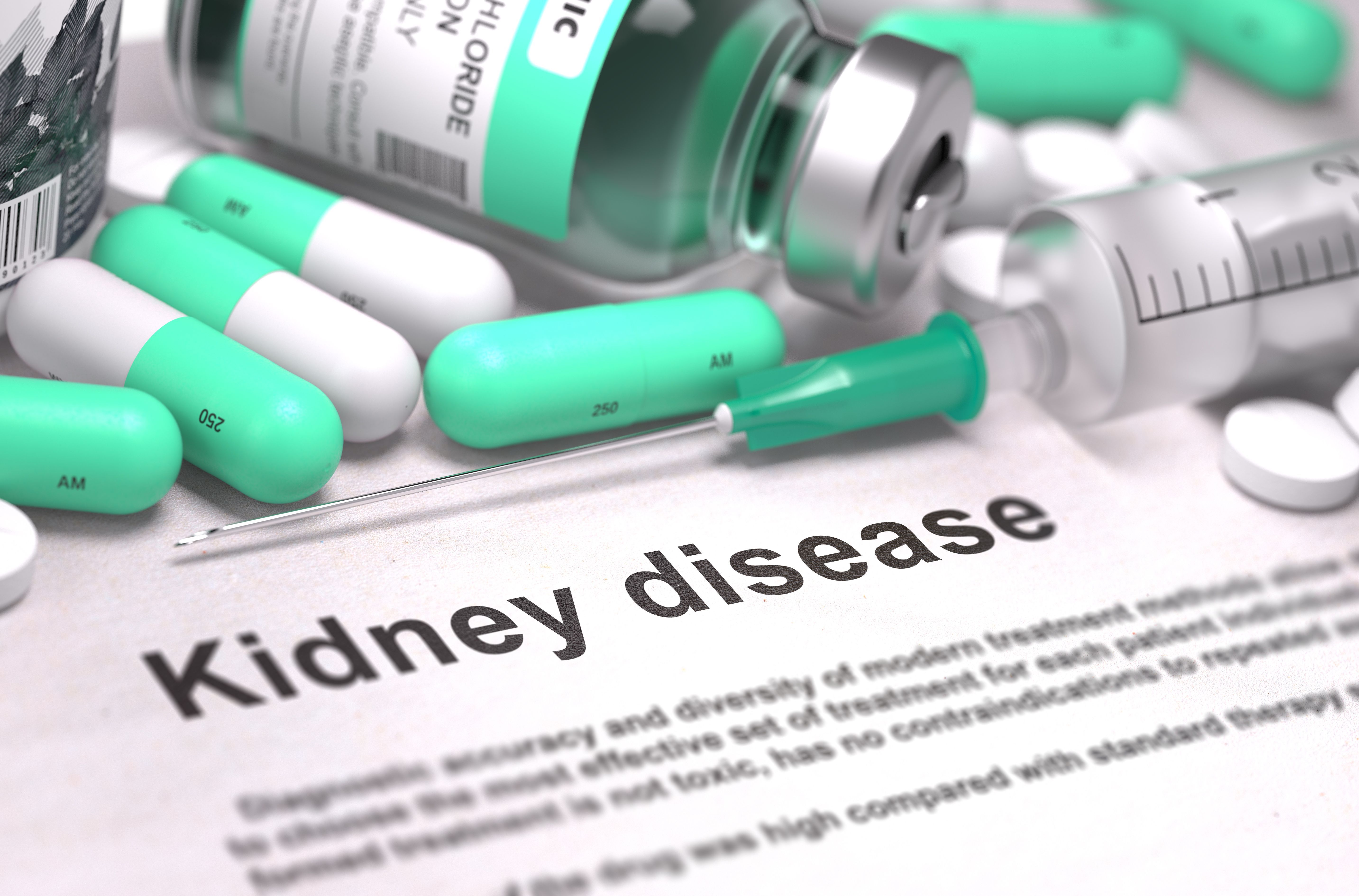Recurrent Neural Network Model Predicts CKD Progression Using Longitudinal eGFR
The new model outperformed existing measures of CKD progression based on longitudinal eGFR data alone and saw further improvements in AUROC with the inclusion of additional clinical variables.
Credit: Fotolia

A newly proposed recurrent neural network model may be a viable tool for predicting chronic kidney disease (CKD) progression using clinical variables from electronic health records.
In a model using time-series data of estimated glomerular filtration rates (eGFR), the average area under the receiver operating characteristic curve (AUROC) was 0.957 for predicting disease progression within a year, a figure that increased to 0.967 with the inclusion of additional clinical variables.1
“In contrast to previous studies that rely on multiple clinical variables for predicting CKD progression, the simplicity of our approach, demanding information of only one clinical variable, renders its adoption for practical purposes both achievable and straightforward,” wrote Yitan Zhu, MS, PhD, computational scientist in the data science and learning division at Argonne National Laboratory, and colleagues.1
Kidney diseases are a leading cause of death in the United States. The US Centers for Disease Control and Prevention estimates about 37 million US adults have CKD. It is divided into 5 stages based on eGFR test results and kidneys’ ability to filter waste and excess fluid out of the bloodstream. CKD generally gets worse over time, especially in the absence of proper treatment - as such, it is important to have effective tools for tracking its progression to track clinical risk.2,3
To address shortcomings in CKD prediction, investigators developed a pipeline to process patients’ longitudinal electronic heath record data and construct recurrent neural network models to predict CKD progression from stages 2 and 3 to stages 4 and 5. Longitudinal electronic health records for patients who experienced at least 1 stable stage 2/3 period, defined as having 2 eGFR values ≥30 and ≤89 at least 90 days apart, at the University of Chicago Medical Center between January 1, 2006, and July 1, 2019, were collected.1
A total of 82,667 patients were included in the study. All participants were at stages 2 or 3 at the beginning of their longitudinal electronic health record, although some later progressed to stage 4 or 5 and were thus considered cases whereas those who never progressed to late stages by the end of the study were considered controls. In total, 1,968 case patients and 70,877 control patients were identified.1
Demographics, vital information, lab tests, and health behaviors were extracted from the electronic health records of each patient. Investigators then developed a pipeline to process this information and construct models for predicting CKD progression, specifically for the transition from stages 2 and 3 to stages 4 and 5.1
Investigators explained the recurrent neural network model generates predictions based on time-series records of patients, acquired from a data processing pipeline converting patient electronic health records into feature vectors at sequential time points for subsequent modeling analysis.1
Although several variables were collected from electronic health records, with use of a single variable, eGFR over time, the recurrent neural network model achieved an average AUROC of 0.957 for predicting future CKD progression within a year. When additional clinical variables, such as demographics, vital information, lab test results, and health behaviors, were incorporated, the average AUROC increased to 0.967.1
Investigators pointed out in both scenarios, the standard deviation of the AUROC across cross-validation trials was < 0.01, indicative of stable and high prediction accuracy. Additionally, the proposed recurrent neural network model outperformed existing standard approaches, including static and dynamic Cox proportional hazards models, random forest, and LightGBM.1
“Our study holds the potential to significantly enhance early detection of high-risk patients, facilitating timely medical interventions to potentially stop disease advancement in its initial phases,” investigators concluded.1
References:
- Zhu Y, Bi D, Saunders M, et al. Prediction of chronic kidney disease progression using recurrent neural network and electronic health records. Sci Rep 13, 22091 (2023). https://doi.org/10.1038/s41598-023-49271-2
- American Kidney Fund. Stages of Kidney Disease. October 26, 2022. Accessed December 14, 2023. https://www.kidneyfund.org/all-about-kidneys/stages-kidney-disease
- US Centers for Disease Control and Prevention. Chronic Kidney Disease Basics. Chronic Kidney Disease Initiative. February 28, 2022. Accessed December 14, 2023. https://www.cdc.gov/kidneydisease/basics.html